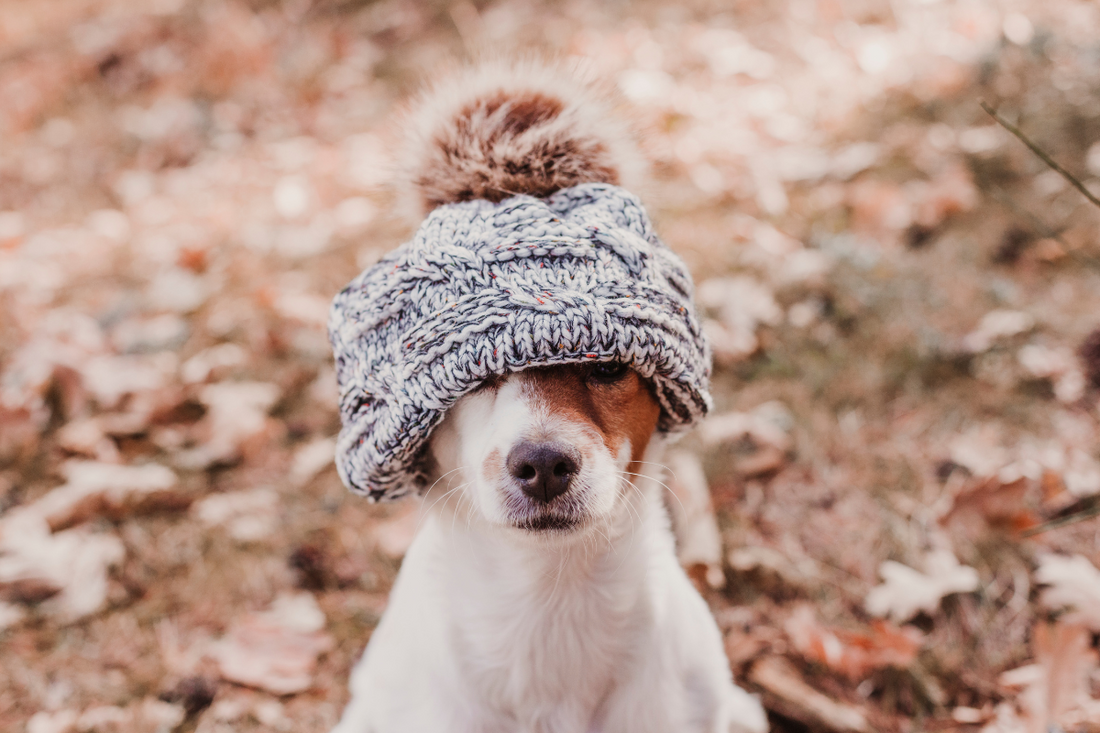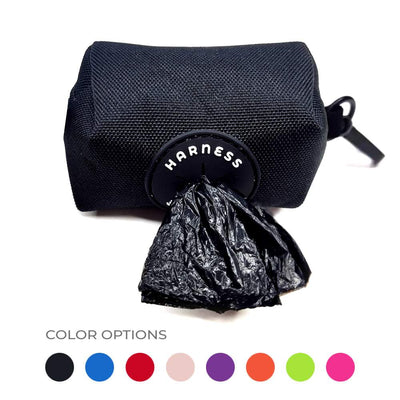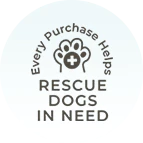15 Common Problems Dogs Face in Autumn

While summer often feels like the time to be extra careful with your pets, autumn brings its own set of challenges. As the seasons change, it’s important to be aware of the potential hazards that fall can bring. From holiday treats to outdoor pests, there’s plenty to look out for. Here are some things to keep in mind to help keep your dog safe this fall:
1. Acorns and Oak Leaves

You’ll notice a lot of acorns and oak leaves on the ground during autumn.
Unfortunately, these can be harmful to your dog. Acorns can upset your dog's stomach, and for dogs with kidney disease, they can make things worse. Oak leaves can also be dangerous depending on how much your dog eats. If your pup shows signs of bloody diarrhea, it’s time to see the vet, as this can be a sign of renal failure.
2. Antifreeze

As the temperature drops, leaking antifreeze from cars can become a problem.
The sweet smell and taste can attract dogs, but even a small amount can cause antifreeze poisoning. It’s also important to watch out for water bowls left outside, as some people unfortunately use antifreeze to harm stray animals. Never let your dog drink from unknown sources on walks.
3. Mushrooms

While mushrooms are more common in spring and summer, rotting leaves in fall can lead to fungal growth.
Some mushrooms are toxic to dogs, so it’s important to keep an eye on what they’re sniffing or eating. If your dog consumes one, symptoms like drooling, vomiting, and trouble walking could signal mushroom poisoning.
4. Rodents and Pesticides

Autumn is when rodents start seeking shelter, and many people turn to pesticides to deal with them.
If you choose to use poison, be cautious—your dog might accidentally ingest it. A safer option would be using spring traps to avoid any risk to your furry friend.
5. Halloween Candy

With Halloween comes lots of candy, but it’s dangerous for dogs, especially chocolate and anything containing xylitol (a sweetener found in many sugar-free treats). Keep all candy out of your dog’s reach, as even a small amount can be toxic.
6. Ticks and Fleas

Ticks and fleas are still active during autumn, so make sure to keep up with your pet’s flea and tick treatments. Check your dog’s fur, especially after outdoor activities, as ticks can carry diseases like Lyme disease.
7. Scented Candles and Oils

While fall candles smell amazing, the fumes can be harmful to dogs, especially breeds with respiratory issues like Bulldogs. Opt for battery-operated candles instead, as they’re safer for both your pet and your home.
8. Holiday Decorations

Autumn is full of fun decorations, but these can be tempting for dogs to chew on. Items like spider rings, small light bulbs, and fake cobwebs can all be hazardous if swallowed. Keep decor out of your dog’s reach, especially anything small enough to be ingested.
9. Cooler Temperatures

Not all dogs handle cooler weather well. Smaller breeds and hairless dogs may need a jacket or sweater as temperatures drop. Even larger breeds like Huskies can benefit from dog boots to protect their paws from the cold ground.
10. Seasonal Canine Illness

This lesser-known but serious illness tends to affect dogs in autumn after walks in wooded areas.
Signs may include vomiting, diarrhea, or lethargy. While the exact cause is still unknown, some suspect it might be linked to harvest mites. If you notice anything unusual after a walk, contact your vet right away.
11. Alabama Rot
Alabama rot is a rare but potentially deadly disease.
It’s believed to be linked to muddy walks and causes ulcers on the skin and can lead to kidney failure. Since the cause is still unclear, try to avoid muddy areas and wash your dog thoroughly if they do get dirty.
12. Fallen Fruits

Fallen fruits like apples, cherries, and plums may seem harmless, but if they’ve started to ferment, they can cause alcohol poisoning in dogs. They may also develop mold, which can lead to seizures or other serious issues if eaten.
13. Lungworm
Slugs, snails, and even frogs are more common in the fall, and some dogs like to snack on them. These critters can carry lungworm, a dangerous parasite. To avoid this, steer clear of areas where these animals are common, and keep up with regular worming treatments.
14. Planting Spring Bulbs

While planting bulbs for spring flowers, remember that many types, like tulips, daffodils, and lilies, are toxic to dogs. If your pup digs up and eats the bulbs, it could lead to serious illness. Consider dog-friendly plants like lavender, marigolds, or herbs for your garden instead.
15. Storms

Autumn storms can cause anxiety in dogs. Some react to the loud sounds of thunder, while others sense changes in air pressure or humidity. If your dog shows signs of anxiety like shaking, drooling, or hiding, they may have storm anxiety. Create a calm space for them to retreat to during storms.
---
What you’ve just read is a sampling of blog posts we offer at Joyride Harness. We cover current events, informational posts, interviews, and more! You can find more content including tips and tricks and how-tos for caring for your dog on our blog at this section.





















